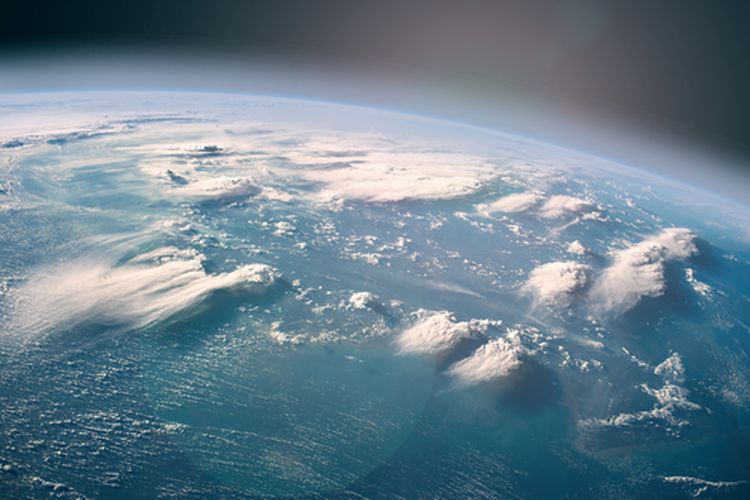Atmosphere: Earth’s Protective Veil and Breath of Life – High above the solid ground we tread and the vast oceans that stretch beyond the horizon lies the Earth’s atmosphere, an ethereal veil that envelops our planet. This gaseous cloak is not only vital to our existence but also a dynamic and complex system that shapes our climate, weather, and the conditions that support life.
This article embarks on a journey to uncover the components of the atmosphere, its significance, its diverse forms, and the crucial role it plays in sustaining our world. premium303
What’s in the Atmosphere?
The Earth’s atmosphere is composed of a mixture of gases that envelop the planet’s surface. The primary components include nitrogen (approximately 78%), oxygen (about 21%), argon (around 0.93%), and trace amounts of other gases such as carbon dioxide, water vapor, and neon. These gases create a dynamic environment that allows life to thrive and influences various natural processes.

Why is an Atmosphere?
The presence of an atmosphere is a fundamental factor that distinguishes Earth from other celestial bodies in our solar system. The atmosphere serves as a protective shield, absorbing harmful solar radiation and cosmic particles, thereby safeguarding life on the surface. Additionally, the atmosphere plays a vital role in regulating temperature, distributing heat, and facilitating the water cycle through processes like evaporation and condensation.
The Four Types of Atmosphere
While the Earth’s atmosphere is united by its composition, it can be categorized into four main layers based on temperature variations:
- Troposphere: Since the temperature drops with height in this layer of the atmosphere, weather can be found there.
- Stratosphere: Above the troposphere, the stratosphere houses the ozone layer, which absorbs and shields us from the Sun’s harmful ultraviolet (UV) radiation.
- Mesosphere: Beyond the stratosphere lies the mesosphere, where temperatures drop significantly as altitude increases.
- Thermosphere: The outermost layer is the thermosphere, where temperatures can soar to extreme highs due to the absorption of solar energy.
Why is the Atmosphere So Important?
The atmosphere is of paramount importance for a multitude of reasons:
- Climate Regulation: The atmosphere helps regulate the planet’s temperature by absorbing and releasing heat, thus preventing extreme temperature fluctuations.
- Oxygen Supply: The presence of oxygen in the atmosphere enables the respiration of terrestrial life forms, including humans.
- Protection: The atmosphere acts as a protective shield against harmful cosmic radiation and meteor impacts, allowing life to flourish on Earth’s surface.
- Weather Systems: The atmosphere is the stage for weather phenomena, such as precipitation, wind patterns, and storms, which impact our daily lives.
- Ecosystem Support: The atmosphere influences ecosystems through temperature, precipitation, and carbon dioxide levels, shaping habitats and determining the distribution of species.
Conclusion: The Breath of Our Blue Planet
The atmosphere, with its intricate composition and layers, is an awe-inspiring testament to the complexities of our planet. It is the breath that sustains us, the canvas on which weather patterns are painted, and the guardian that shields us from the harshness of space.
As we continue to explore the wonders of Earth and the cosmos beyond, the atmosphere remains a constant reminder of the delicate balance that allows life to thrive and the beauty of our blue planet.

